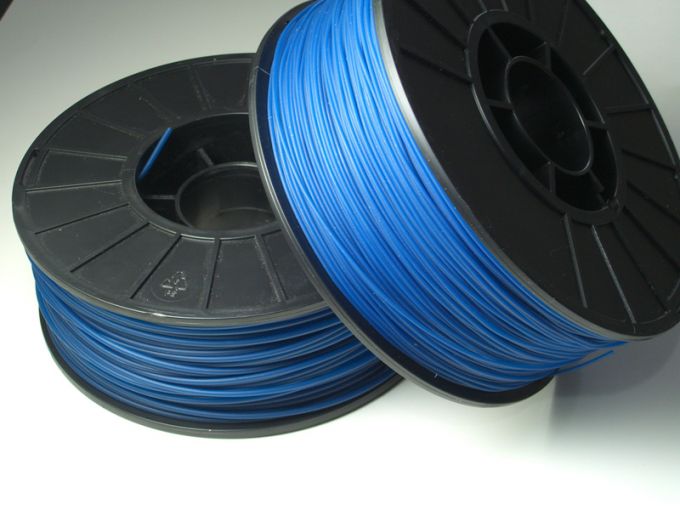
Casting is a way some 3D print operators transform their fragile plastic prints into more durable materials, like metal. But what is the best 3D print material to do this?
Let’s first examine the process required to do this:
- Design or obtain a suitable 3D model for casting
- Add some sprues to the model to accept liquid casting material
- Print the 3D model on a 3D printer in a plastic that’s ready for casting (typically in small workshops is PLA plastic)
- Dunk the print into a heat-resistant material such as plaster and let it harden
- Once hardened, place the plaster and print in a furnace where the plastic burns away, leaving a hollow in the plaster
- Pour hot liquid metal into the sprue holes to fill the void with metal
- Cool, break off the plaster and enjoy!
But there’s one catch to this: does the plastic print truly “burn away”? All materials leave some residue, and materials unsuitable for casting leave so much residue it spoils the mould. PLA typically burns down substantially, but can leave some ash residue. Usually this is within the tolerances required for the cast.
But now I see there’s a speciality filament designed just for this situation from Machinable Wax. Their “Print2Cast” product is essentially a wax filament, which is the material historically most known for use in this process. In fact, the process above is literally called the “Lost Wax Process”, and has been used by jewelers and others making metal objects for centuries.
Now you can do this on a filament-based 3D printer, too by using Machinable Wax’s P2C line of filaments. They say:
Wax filament for 3D printing. When used for lost wax casting, the burnout is extremely clean (much better than using plastic filament). This product can also be polished, machined, and carved MUCH easier than plastic filaments.
They’re not exorbitantly expensive either, as you can purchase a 1Kg spool of 1.75 or 3.00mm filament for USD$50.
But there are some caveats:
Print2Cast is softer than traditional plastic filaments. Because of this, some extruder feed drives may need to be modified, while other printers require no modification at all. The easiest way to determine if your printer will need any modification is to find out if other people are already using any of the flexible filaments on your machine. Many of the rubbery, flexible filaments on the market are even softer and more flexible than Print2Cast filament. Because of this the modifications necessary for them also work well for Print2Cast filament.
I think that is not so terrible, as many 3D printers are now capable of printing flexible materials.
You will, however, have to prepare some custom print settings for P2C, as its printing temperatures are far lower than you usually print with, at 140-150C and print speeds as low as 20mm/second.
Interested in casting? You might try P2C filament and get great results.
Via Machinable Wax

